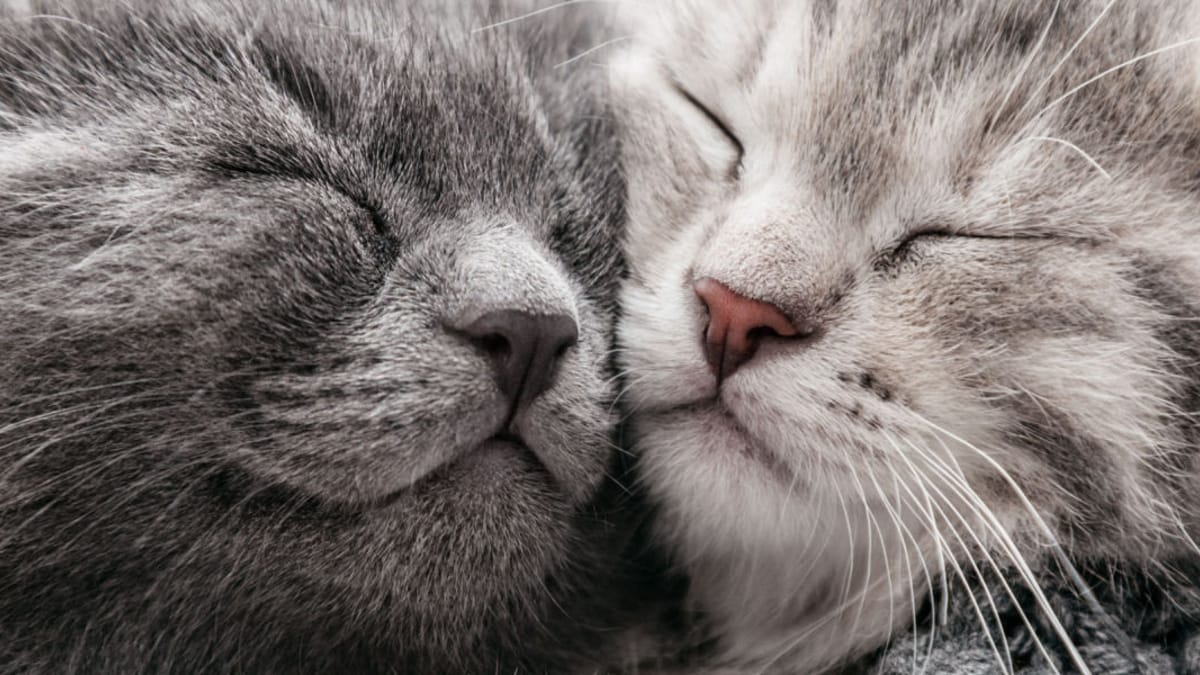Il heat period of cats it is that period of time in which the male is ready to find a mate to impregnate in order to have kittens, while the female cat is looking for the most suitable partner to mate, thus pursuing the same objective as the male, namely that of carrying on the species .
Knowing everything about the heat period in cats helps us not only to better understand the life of our felines, but also to relate to their world in the best possible wayexplaining certain behaviors and being aware of what help we can provide them at such an important moment in their lives.
In this article, therefore, we will see when heat occurs in cats, how it is possible to recognize it and how long it lasts. Let’s begin!
When do cats go into heat?
To give an answer to this question it is good to understand when cats reach sexual maturity: whether it’s male cats or a female cat, they reach sexual maturity very early, around 6 months.
It certainly isn’t a standard rulebut it is an average that has been calculated on the basis of each one’s needs: there are, in fact, some cats that can even anticipate heat at 4 months and others, especially purebred ones, who can delay it up to 18 months.
However, broadly speaking, we can say that within the first year and a half of life all cats, male or female, purebred or foundling, are fully capable of mating and reproducing.
How long does a cat’s heat period last?
Heat period of female cats
In the case of cats you have to think through the seasonality fee: it is in fact the beginning of the mating season in spring to kick off their heat, which generally lasts until autumn, with heats ranging from 3 to 10 days.
If, during this cycle, there has been no pairing (or if the latter has not been successful), it must be considered that they persist two or three days offafter which the cycle starts again.
This system goes on until about October, to then resume its rounds with the spring season.
It is no coincidence that it is said that the cat (especially as regards the female cat) is a animal with induced ovulation: this means that the heat goes on until, during intercourse, fertilization takes place which will block the heat, starting the gestation period of the kittens, which lasts about 60 days.
Heat period of male cats
As far as the male cat is concerned, however, as happens to dogs, from six months onwards, i.e. from the achievement of full sexual maturity, male cats are in heat incessantly, ready to mate at any good opportunity.
In their case, therefore, the theme of seasonality does not exist and neither do we have to wait for certain periods, days or months of the year to ensure that a male cat can cover and impregnate a female cat to have kittens.
So the duration of heat in female cats and male cats is not the same and it is important to make the distinction to know how often cats go into heat.
How to tell if a cat is in heat?
The heat phases of the cat
The answer to this question becomes more difficult in the case of warmth of the female cat: in their case, in fact, this cycle, which unlike in male specimens is much more intense, given that they prepare to be fertilized, is divided into three phases with very specific symptoms:
- Proestrus: the days preceding estrus (the real heat) during which the reproductive organs begin to prepare to receive the male and welcome the puppies in the belly. Days which are characterized by a sweet and at the same time nervous attitude of the female cat.
- boss: 5 days after proestrus, during which the cat is ready to mate, spending the day moaning, crying and rubbing on the floor.
- right-handed and anestrous: days in which, if the cat has not mated, she will eventually relax and return to normal.
The behavior of the male cat in heat
In the case of the male cat, however, the heat period is characterized by:
- Continuous escapes to entertain themselves in fights with other males;
- Restlessness;
- Miagoli long and intense;
- Splashes of urine to mark the territory.
—
Article reviewed by:
Francesco Reina
Veterinary assistant

